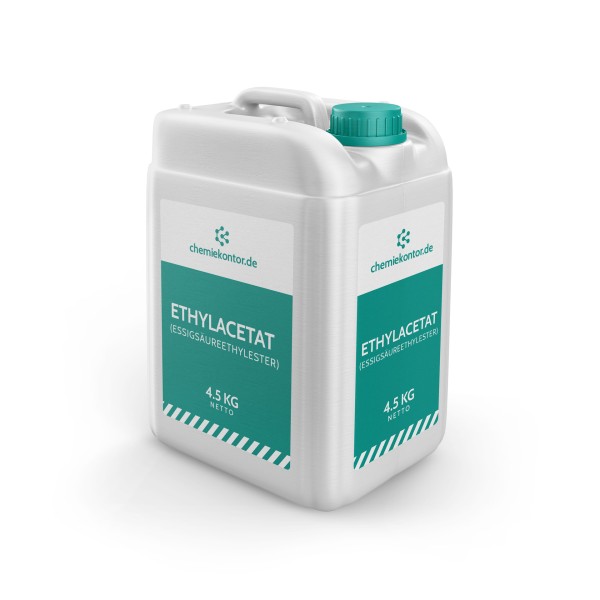Ethyl acetate (ethyl acetate) (4,5 kg) -
From €34.95*
net
€41.59
gross
colorless
liquid
fruity-sweetish odor
Note: Can I order from chemiekontor.de as a private individual?
We supply both private individuals and commercial customers with strong and reliable partners on time and in consistently high quality at attractive wholesale prices.
Do you need larger quantities?
Please feel free to ask us individually.
Do you need more information about the product?
Use the links and contact options below to get the information you need quickly and easily
information you need quickly and easily. Our dedicated team is always on hand to provide you with expert
Advice and support at all times.








